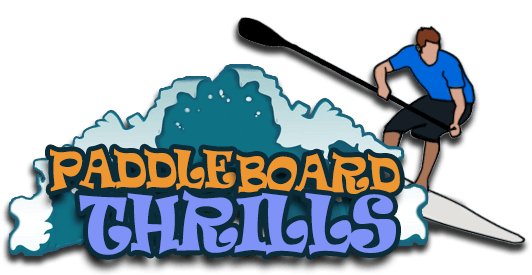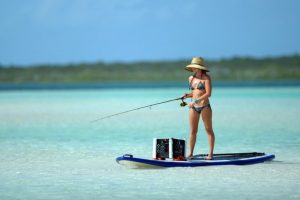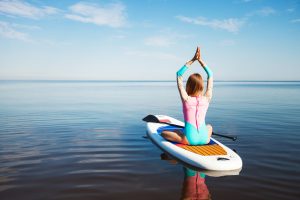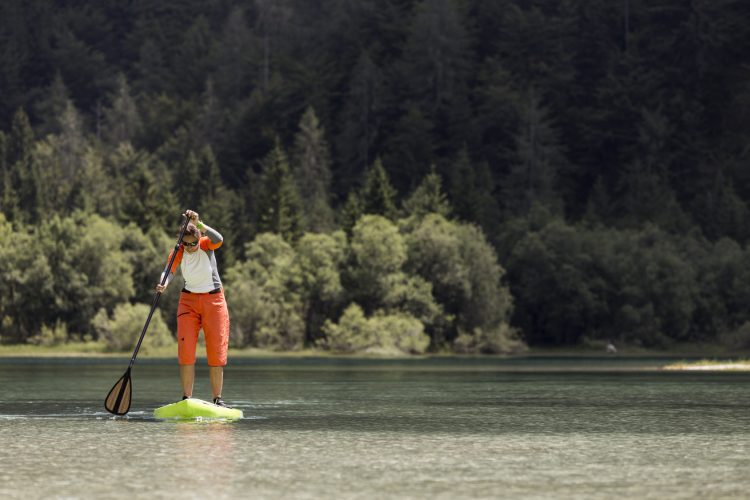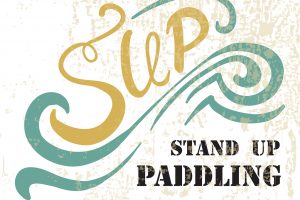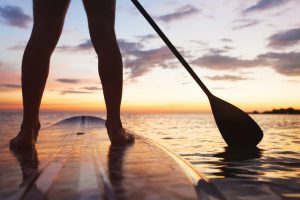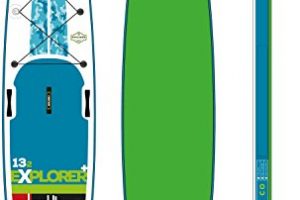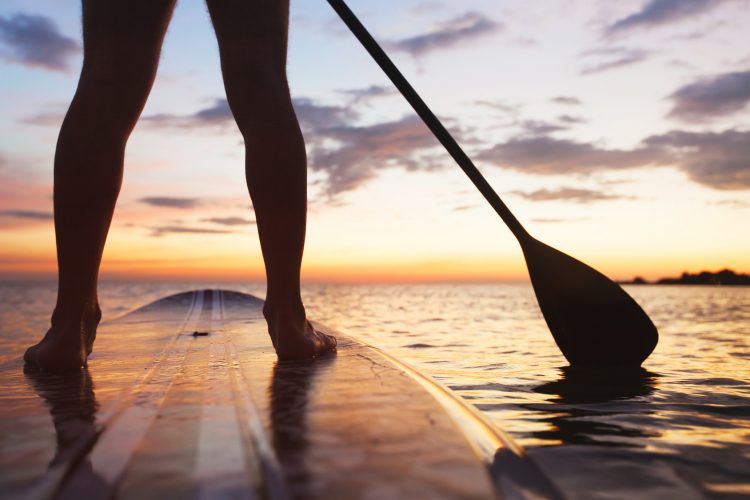 Do you enjoy outdoor activities that involve the water? If so, you’ve probably tried your hand at surfing or kayaking.
Do you enjoy outdoor activities that involve the water? If so, you’ve probably tried your hand at surfing or kayaking.
But have you ever gone paddle boarding?
Paddle boarding isn’t new to the water sports world but it has recently grown in popularity. In fact, in 2013, 56% of outdoor enthusiasts tried standup paddle boarding for the first time.
Paddle boarding is the latest go-to water activity because it’s:
- Easy to learn
- Suitable for all ages
- Available on all bodies of water
- Low impact on the body but still a good workout
Are you interested in learning to paddle board? If so, we can help! Keep reading to learn seven mistakes you’ll want to avoid making when paddle boarding.
Mistake #1: Paddling at an angle
If you know anything about water, you know those smooth movements are the most effective!
When paddle boarding, you will most often use the forward stroke. It’s simple and it is the best stroke to use to move quickly.
But, many people paddle incorrectly! To glide through the water, the blade has to be vertical to the water at all times.
Paddling at an angle makes the whole experience much harder! With proper paddling technique, you will get the most out of each stroke.
Using the paddle incorrectly may make you tired much quicker.
Don’t ruin your paddle boarding experience!
Mistake #2: Paddling backward
Don’t be that person on the water paddling backward! Just like paddling at an angle, paddling backward is ineffective.
When padding, the angle of the blade should face away from you.
But how do you remember the correct way to paddle?
If you are just learning to paddle board, consider putting a sticker on the front of your paddle. This way you can easily identify the front from the back.
As you become more experienced in paddle boarding, this will be a mistake of the past!
Mistake #3: Being too forward on the board
Paddle boards are huge! With so much space to stand or kneel on, it can be hard to know where you need to stand.
A paddle board has fins that allow you to move straight or to turn. For the fins to work, they have to be in the water!
When you stand too far forward on the board, the fins can come out of the water. You won’t get very far.
Paddle boards have a carry handle that is centered on the board. Align your feet and legs with the handle and you should be good to go.
When paddling, if you lose sight of the handle, you’re too far forward! Always be aware of where you are on the board.
Mistake #4: Doing too much too soon
When first learning to paddle board, you may be excited to get out there and traverse the waters!
However, doing too much too soon can be dangerous. It’s okay to go outside of your comfort zone! But you want to always remember safety first.
Would you run a marathon if you just started running last week?
Would you try to lift 120lbs of weight if you know you can only pick up 50lbs?
Be realistic about your paddle board knowledge. When you are new to paddle boarding:
- Don’t go at it alone
- Avoid going out in bad weather, to include wind and rain
- Don’t go too far away from the shore
- Know the water you’re in
- Always bring a cell phone in case of an emergency
Mistake #5: Being afraid to fall.
Have you ever lost your balance and fallen?
If so, you know that the experience doesn’t leave you feeling too happy or too confident!
The good news is that a fall off a paddle board puts you into the water. As long as you can swim, you’ll be okay!
Falling into water is much better than falling onto cement, right?
If you lose your balance:
- Remain calm
- Try to regain your balance if possible
- Fall safely, without hitting your board
- Be aware of where you are falling
Panicking can make your fall much worse. Sometimes you just have to let falls happen!
Mistake #6: Looking down instead of forward
When you are learning how to paddle board, you are likely to be a little scared. You’ll probably also be a bit off-balance.
We all know that our body follows our eyes. Wherever you look, your body will move.
Do you want to end up in the water? Probably not!
To keep your balance on the paddle board:
- Always keep your eyes forward and up
- Focus on a certain object and paddle towards it
If at any point you feel like you’re losing your balance, the fix isn’t to look down! Instead, stop paddling and realign yourself on the board.
Mistake #7: Not practicing first
Practice makes perfect is more than just a saying.
We all had to crawl before we walked. Practice is an important part of being a safe paddle boarder.
If you have experience in the water, you may not think that you need to practice paddle boarding. But, before going at it on your own, you should practice with an instructor.
Skills to practice include:
- Knowing where to stand on the board
- Falling properly
- Keeping your balance in choppy water
- Using the paddle correctly
In-person instruction means that someone with paddle board experience can correct your errors. This will keep you safe when you’re on the water.
You won’t regret learning to paddle board
Are you tired of your typical outdoor water activities? Looking to incorporate something next into your summer fun?
If so, try paddle boarding. Learning to paddle board is exciting and relaxing.
No matter how old or young you are, paddle boarding is sure to be plenty of fun!
To learn more about paddle boarding or to find the equipment you need, Paddleboard Thrills is here to help!
Our website provides a variety of helpful information to include:
- Paddle board equipment reviews
- Tips for paddle boarding
- Benefits of paddle boarding
- Plenty more!
Visit our website today to get on board with paddle boarding!

